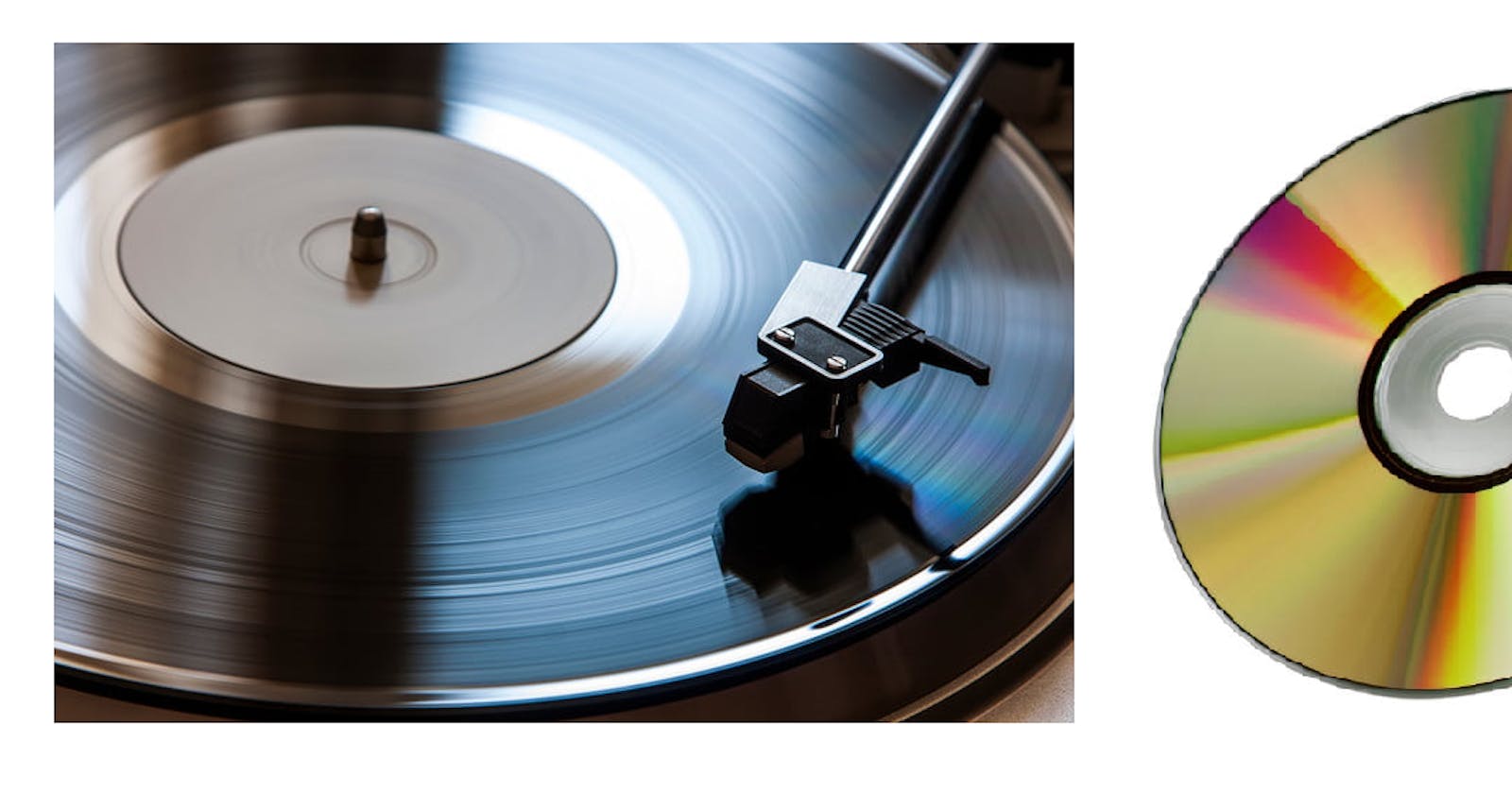100 Days Of ML Code — Day 087
Recap From Day 086
Day 086, we looked at Envelope And Spectrogram
You can catch up using the link below. 100 Days Of ML Code — Day 086 Recap From Day 085medium.com
In the past two days, we looked at timbre. We talked about timbre as consisting of two components, spectra, and envelope. We talked briefly about the Fourier theorem for periodic sounds, how it describes them as consisting of a series of sine waves particular frequencies in integer multiple relationships to each other.
We talked about two new visual representations of sound. The spectra, which shows, at a particular moment what the frequency content is, and a sonogram, which shows over time how that frequency component is changing.
In the next couple of days, we are going to shift gears a little bit and focus on how we represent sound digitally on a computer and all the issues that come up with that.
So starting today and the next several days we’re going to focus in on digital sound, how we represent audio waveforms digitally on a computer or a compact disc or any other kind of digital media. We’ll talk about a lot of the issues that come up with that in particular.
Today, we’re going to look broadly at the differences between analog and digital sound and different challenges that come up in each media and then we’re also going to take a little bit of a digression to talk about some of the implications of copying audio and analog versus digital domains and preserving it and archiving it.
I want to start by talking about analog versus digital sound and the key idea here is that analog is a continuous medium and digital is a discrete medium. so it’s kind of flagship examples of each recording media.
Let’s think about vinyl records as being the quintessential analog audio media, and compact disks as being a quintessential digital media.

So on a record, we have a needle that’s reading from these grooves and those grooves are going up and down and that’s creating those different amplitude values that are being reproduced by a record player. So this is a continuous process. it’s a continuous function.
We can think about it as being y equals f of x or something like that where at any arbitrary continuous moment in time there is an amplitude value to work with that. So that ’s in the analog realm.
When we move to the digital realm, you think of the compact disc. We have a laser that is reading a bunch of zeroes and ones off of our compact disc. Zeroes and ones are discrete, and they’re representing discrete moments in time. Discrete amplitude values at particular points. It’s no longer a continuous function. It’s a discrete function.
We decide what moments in time we want to record these amplitude values and then we capture them in those moments, we play them back in those moments, we knew nothing about what happens from in between these discrete points in time where we’re taking these, amplitude samples.
And so this is the key difference between analog and digital, there is continuous versus discrete. That’s all for day 087. I hope you found this informative. Thank you for taking time out of your schedule and allowing me to be your guide on this journey. And until next time, be legendary.

